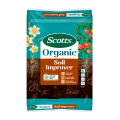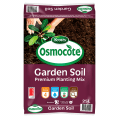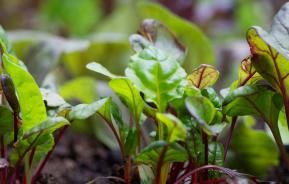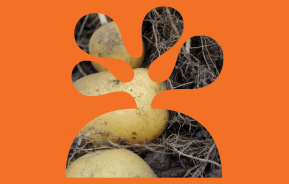Fresh herbs and vegetables can transform any meal into a masterpiece and no matter where you live, there are loads of seeds or seedlings to help get you started.
Before you rush out and buy your veggies or herbs, you'll need to prepare your patch for planting. Luckily, it's as easy as saying one, two, three!
See our 5 steps to grow great produce at home:
- Choose the right spot
- Prepare the soil
- Grow for your climate
- Sow seeds
- Plant seedlings
Of course if you don't have room for a backyard veggie patch, don't despair, because you can grow your own herbs and vegetables in pots too!
Let's prepare for planting
If you give your vegetables the best possible start, you’ll be rewarded with loads of produce and very few pests or problems.
1. Choosing the location
- Most vegetables and herbs prefer six hours of sunlight per day. Watch your backyard throughout the day to ensure you select an area with adequate light.
- Remember that the sun is lower in the sky in Winter and the shadows will be different to Summer. Try to position your patch so it receives year-round sunlight.
2. Preparing the soil
- Mark out the garden and start digging.
- Remove weeds or grass and dig over to a depth of at least 20-30cm (one to two spade depths).
- Improve the soil with organic matter like Scotts Osmocote Compost & Soil Improver, aged manure or Scotts Performance Naturals™ Soil Improver (refer to the table below for quick soil fixes).
3. Grow for your climate
- Vegetables are seasonal and will grow either during the cooler months or the warmer months of the year. Always grow crops in the right season. For example, tomatoes in the warmer months and broad beans at the coolest time of the year.
- Cool and warm season crops will be sown and grown during different months of the year depending on where you live. Check with your local nursery or garden centre to find out what to plant now in your area.
Quick soil fixes
|
Clay soil |
Add gypsum to help open up the soil and organic matter to improve the soil structure. |
|
Wet soil |
Vegetables need free draining soil. If the garden stays wet, consider building raised beds up to 15cm above the surrounding soil to improve drainage. |
|
Sandy soil |
Sandy soils should be improved with organic matter like compost to improve water retention and soil texture. |
|
Soil pH |
The pH of the soil dictates which nutrients will be available to crops. Vegetables prefer a pH around 6. If in doubt, buy a pH test kit and improve as necessary. |
Let's get planting
With your soil prepared and your garden ready, it’s time to plant. Here's what you will need:
To plant and grow tomatoes in the garden, you will need:
- Trowel
- Garden gloves
- Fresh seed or seedlings
- Dry sand (optional)
- Stakes or climbing frames & ties (climbing plants and tomatoes)
- Watering can with a fine rose
| Step 1 |
How to sow seed:
Seed can be started in seedlings trays or sown directly into the garden. If starting in trays, use Scotts Osmocote Seed Raising & Cutting Mix |
| Step 2 |
How to plant seedlings:
|












